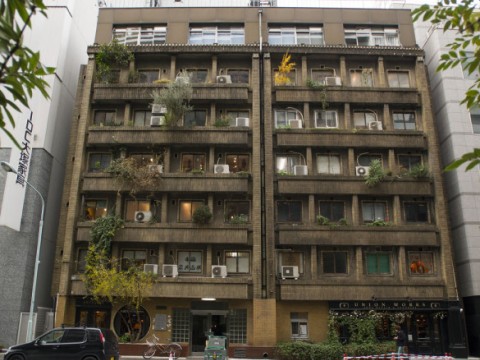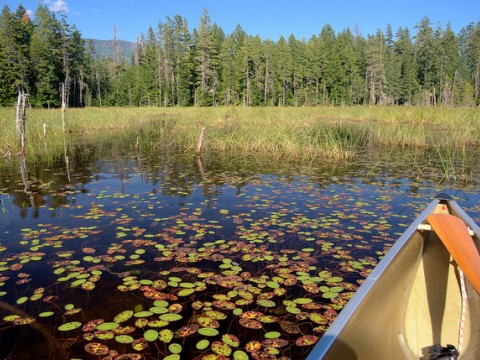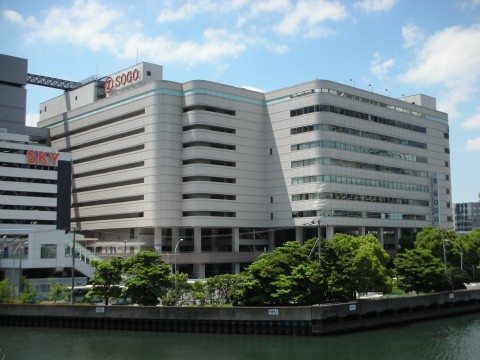My Career Began in Ginza, but I’m Only Just Discovered this Historic Locale
I’m good at making faux pas!
I’m good at making faux pas! You might add it as a “forte” on my resume of life. I’m also particularly adept at weight gain, but we will save that story for another story.
“Not Shinbashi!” he insisted, “Its Ginza, Ginza, Ginza!” Hiromasa Ezoe, my mentor since entering Recruit Company Limited in 1988 until he left for a better place two years back, adamantly reminded me to cite GINZA as my starting point. For the commuting me who boarded trains at Shinbashi station, I often talked about working in “Shinbashi” or my office in “Shinbashi” in interviews or magazine articles. And did that get Ezoe san riled up! My confused exasperation combined with a complete ignorance of Ginza’s rich history produced the shameful and somewhat childish response of “How am I supposed to Know?”
Huffing and puffing, I fell back on the “internationals prerogative” of not just “not knowing” but actually feeling as if I “Don't need to know”. Wow! What an attitude!
Now, I recognize my arrogance and wish I could look Mr. Ezoe straight in the eye and let him know I now get it and that after getting it, I respect him even more! I’ve had the honor of a long friendship with Yoshiko Watanabe (the first woman to retire after a full career at Recruit) and been inspired toward extensive research of the area by my counterparts at Ginza Aster and Tama Sushi. I can now say with great humility, that Ezoe-san was right and I should have known or at least sought out the reason a Ginza address makes such a difference. I have learned the area strikes a deep chord of inspiration and pride for Japanese everywhere.
http://www.ginza.jp/en/history
http://www.deepjapan.org/a/4234 (more about what you can do at Tama Sushi, become a Sushi Chef!!)
Ginza began as a marsh. After the Tokugawa Shogunate reclaimed it, the city of Edo grew to be one of the most populated, well-organized cities in the world. Nearby “Kinza” or Gold Place was the gold mint and “Ginza” or Silver Place was where the Bakufu minted silver. Luxurious kimono salons lined the Ginza avenue and as part of Tokaido, the highway linking Edo (Tokyo) and Kyoto that started in Nihonbashi, Samurai marched here often as they accompanied Daimyo Lords traveling from Western Japan for their Sankin Kotai responsibility (alternating six month stays in their domain and Edo as imposed by the Tokugawa Shogunate).
Shops and restaurants sprouted up to meet the requirements of a growing population and Gin-bura, “wandering” the area, became all the rage in the early 1900s. The whole swath was wracked by the Great Kanto Earthquake in 1917 and almost completed destroyed by fire bombing during WW2. Rivers have been filled in, buildings revamped and renovated, the shopping crowd has evolved to a super international and multi-lingual crowd, but the intrigue of Ginza , being seeped in history and adored by Japan, remains as solid as the huge stone foundations of Edo Castle’s walls.
Center for Cutting-Edge Information, Fits Recruit Perfectly
This was the place young Japanese would gather to catch up on the latest news and be inspired by new information and great thinking. That is why Ezoe san chose to establish his head office at Ginza 8 Chome. Recruit as the provider of info as a resource for decision making on big life events i.e. new jobs, career moves, home purchase, upper school prep and much more, the decision to put down roots in this part of Tokyo was certainly a focal point of Ezoe san’s growth strategy for Recruit. To him, a mistaking Shinbashi and Ginza was nothing other than Unthinkable!
My Ginbura starts with lunch at Ginza Aster Honten!
Ginza Aster too, opened its doors in 1926 as the only authentic Chinese restaurant with fare perfectly tailored to the Japanese palate and sense of presentation. Order “family style” at one of the 38 Ginza Aster restaurants around Japan and watch as the wait staff dexterously divides up the fare in equal portions for each guest instead of placing it squarely in the middle of the table. Or, you will surely note the absence of heavy sauces and strong flavors in the cuisine. Finally, the presentation is wholly Japanese and somewhat reminiscent of a high-end “Washoku” meal.
https://www.facebook.com/GinzaAsterChineseCuisine1926/
My “Ginbura” took me back behind the Ginza Aster building around the Ginza Iicchome area. To my surprise, there was a Showa Era building completely revamped into a treasure chest of shops operated by up and coming artists. Just down the street as a tiny, perfectly Japanese soba shop, an antique store and overall a unique view, a view that told the story of Ginza’s upheaval and re-birth with a falling down wooden structure kissing the sleek concrete of a just opened hotel. I definitely recommend a nice start with lunch at Ginza Aster making sure to take time to look at each individual piece of art on display as they have all been carefully canvassed and brought from China by the Ginza Aster owners, and then a Ginbura experience of wandering the back streets, peeking into little shops and maybe picking up a few one-of-a-kind gifts on the way.
Ginza is an integral part of our Deep Japan and we hope you will uncover your personal inspiration in this unforgettable place as well.

Former Deep Japan Writer
















